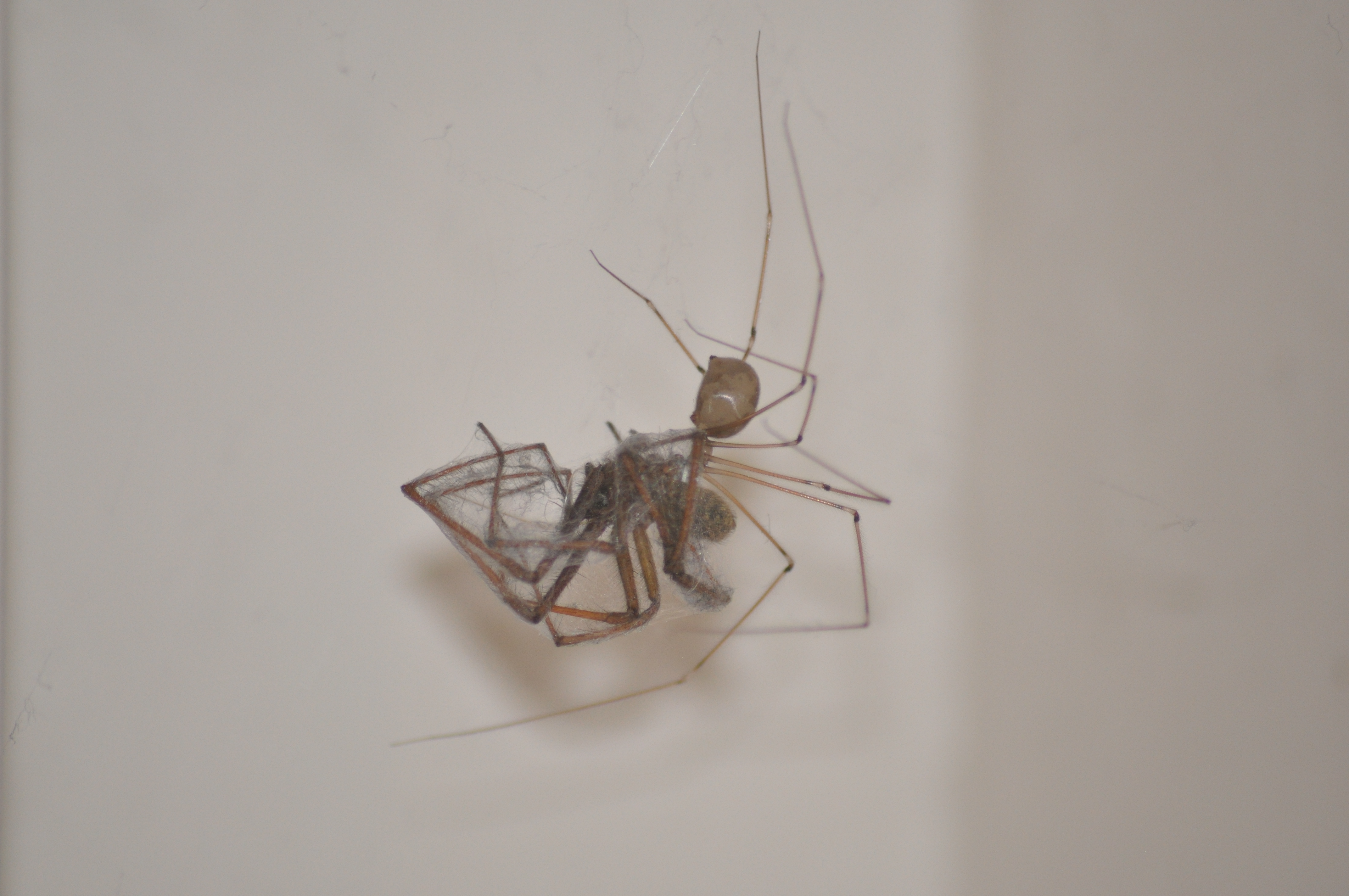|
Psilochorus Hesperus
''Psilochorus hesperus'' is a spider found in cellars and rock boulder nooks in the Northwestern United States and in British Columbia British Columbia (commonly abbreviated as BC) is the westernmost province of Canada, situated between the Pacific Ocean and the Rocky Mountains. It has a diverse geography, with rugged landscapes that include rocky coastlines, sandy beaches, .... Adult males have curved spikes protruding forward from their jaws. Common Spiders of North America] page 178 References External links Images Pholcidae [...More Info...] [...Related Items...] OR: [Wikipedia] [Google] [Baidu] |
British Columbia
British Columbia (commonly abbreviated as BC) is the westernmost province of Canada, situated between the Pacific Ocean and the Rocky Mountains. It has a diverse geography, with rugged landscapes that include rocky coastlines, sandy beaches, forests, lakes, mountains, inland deserts and grassy plains, and borders the province of Alberta to the east and the Yukon and Northwest Territories to the north. With an estimated population of 5.3million as of 2022, it is Canada's third-most populous province. The capital of British Columbia is Victoria and its largest city is Vancouver. Vancouver is the third-largest metropolitan area in Canada; the 2021 census recorded 2.6million people in Metro Vancouver. The first known human inhabitants of the area settled in British Columbia at least 10,000 years ago. Such groups include the Coast Salish, Tsilhqotʼin, and Haida peoples, among many others. One of the earliest British settlements in the area was Fort Victoria, established ... [...More Info...] [...Related Items...] OR: [Wikipedia] [Google] [Baidu] |
Pholcidae
The Pholcidae are a family of araneomorph spiders. The family contains over 1,800 individual species of pholcids, including those commonly known as cellar spider, daddy long-legs spider, carpenter spider, daddy long-legger, vibrating spider, gyrating spider, long daddy, and skull spider. The family, first described by Carl Ludwig Koch in 1850, is divided into 94 genera. The common name "daddy long-legs" is used for several species, especially ''Pholcus phalangioides'', but is also the common name for several other arthropod groups, including harvestmen and crane flies. Appearance Pholcids are thin and delicate arachnids. The body, resembling the shape of a peanut, is approximately 2–10 mm (0.08–0.39 inch) in length, and the legs may be up to 50 mm (1.97 inches) long. ''Pholcus'' and ''Smeringopus'' have cylindrical abdomens and eyes arranged in two lateral groups of three and two smaller median contiguous eyes. Arrangements of eight and six ey ... [...More Info...] [...Related Items...] OR: [Wikipedia] [Google] [Baidu] |
Spiders Of North America
Spiders ( order Araneae) are air-breathing arthropods that have eight legs, chelicerae with fangs generally able to inject venom, and spinnerets that extrude silk. They are the largest order of arachnids and rank seventh in total species diversity among all orders of organisms. Spiders are found worldwide on every continent except for Antarctica, and have become established in nearly every land habitat. , 50,356 spider species in 132 families have been recorded by taxonomists. However, there has been debate among scientists about how families should be classified, with over 20 different classifications proposed since 1900. Anatomically, spiders (as with all arachnids) differ from other arthropods in that the usual body segments are fused into two tagmata, the cephalothorax or prosoma, and the opisthosoma, or abdomen, and joined by a small, cylindrical pedicel, however, as there is currently neither paleontological nor embryological evidence that spiders ever had a separate ... [...More Info...] [...Related Items...] OR: [Wikipedia] [Google] [Baidu] |

